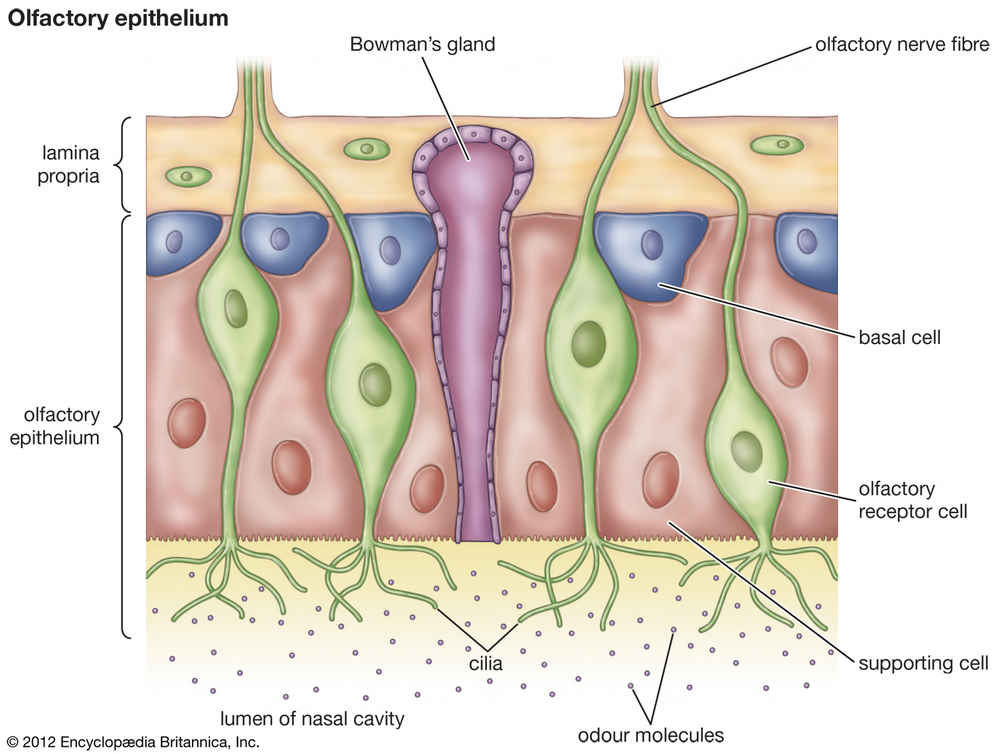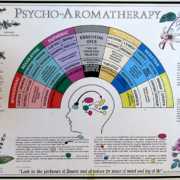How Do We Smell?

by JulianRad on DeviantArt
Nature is flooded with a wide variety of aromas, fragrances, and scents and without these natural scents, life is literally lifeless. This is the main reason why most people turn to perfumes, particularly natural perfumes to bring life to their lives.
The sense of smell plays an important role in many biological processes such as it can help you to know what and where things are, including your favorite dishes or the offensive ones. It can warn you about burning things or rotten foods and can help turn your attention to taking necessary precautions.
But, you might be wondering – how do we smell? In fact, humans have wondered to know the facts about smell for centuries. And, researchers have just started to truly understand the facts of smell only quite recently. In this article, we’ll explore how we smell scents, odors, perfumes, as well as other things according to scientific studies. But before we get into the fact of how we smell, it’s important to learn the basics of smell a little bit more. So, let’s get started.
Table of contents
What is the smell?
Smell, otherwise known as olfaction, is a process of identification or detection of chemicals found in the environment, particularly those that are airborne using the sensory organs. Humans have chemically sensitive nerves known as olfactory sensory neurons (OSNs) in the upper part of the nasal cavity that contains specialized hair-like sensory nerve endings called cilia or olfactory receptors (OR) in the lining known as the epithelium.
The olfactory epithelium situated high in the nasal cavity contains olfactory sensory neurons which have very specialized and distinct cilia extensions that serve as odor receptors. Each cilium has an incredible ability to trap microscopic odor molecules as they pass through the epithelial surface. Messages about the odor molecules are then sent to the brain so that they can be identified or detected.
The sense of smell is less distinct in humans as compared to other animals since many lower vertebrates such as amphibians and fishes detect chemicals by means of receptors found in various locations on the body. The sense of smell plays an essential role in many different life events ranging from assuming warning against dangers to locating foods to picking up proper mates.
How do we smell?
How do we smell? It’s a question that humans have wondered about for thousands of years since the beginning of civilization. Scientists are still working to explore the deep biological processes of the sense of smell so that it can be utilized for the treatment and prevention of various disorders, especially those that are related to memories and emotions. Here is what we know so far about how we smell.
Whenever a person smells something, the brain and nose work together to make sense of the smells of hundreds of very tiny, microscopic airborne particles called chemicals or molecules that are moving into the air. When a person sniffs, these airborne molecules reach the roof of the nostrils where specialized smell receptor cells, known as olfactory receptors, are located in the olfactory epithelium.
Olfactory sensory neurons (OSNs) found in the roof of the nose are directly connected to the brain. Each neuron contains one smell receptor. When airborne chemicals or molecules pass across the roof of the nose stimulate these receptors. Then olfactory sensory neurons detect the chemicals and transmit electrical signals to the olfactory bulb in the brain so that the brain can identify the smell.
A chemical may stimulate several receptors and may create a unique representation that can be registered as a particular smell by the brain.
Sense of smell and sense of taste work closely together, which is why people fail to enjoy their foods’ flavors when their nose is blocked. Invisible chemicals or molecules released in the air by substances found around the environment can reach olfactory neurons through two different pathways. The first one is through the nose and the second one is through a channel that connects the nose to the roof of the throat.
Aromas released by chewing foods reach the olfactory sensory neurons through the second channel. Whenever the channel gets blocked by any reason such as a stuffy nose caused by flu or cold, for example, aroma molecules can’t reach the olfactory sensory neurons, resulting in loss of ability to taste the flavor of foods.
Without the proper functioning of olfactory sensory neurons or sense of smell, you may have a hard time distinguishing your favorite flavors such as oranges or chocolate. This is the main reason why people complaining about the loss of taste are found to have a loss of smell indeed.
The sense of smell might be influenced by another factor known as the common chemical sense. It involves hundreds of nerve cells that are majorly found in the moist surfaces of the mouth, throat, eyes, and nose. These nerves help sense irritating chemicals or molecules like tear-inducing chemical compounds of onions.
Smell and memories
A smell can evoke certain memories, particularly those that are found in the context of some emotional states in childhood. The parts of the brain that get the signals of smells also store memories and provoke emotions. This is the main reason why smell and memory are so closely connected.
To know more about the connection between smell and memory, you can also consider reading our detailed article on Smell and Memory.
Final words
Though the question “how do we smell?” has been around us for hundreds of years, we really just started understanding the process very recently. The process of smelling starts when volatile chemicals or molecules enter the roof of the nostrils and stimulate the olfactory receptors (OR) located in the cilia of the olfactory sensory neurons (OSNs). The information is then transmitted directly to the brain to identify the smell.
The sense of smell can also evoke powerful emotional memories because the part of the brain that recognizes smells also stores memories and provokes emotions.
References
“Context is key to olfaction“, science.org
“Smellosophy: What the Nose Tells the Mind” A. S. Barwich Harvard University Press, 2020. 384 pp.
See also:
Olfactory psychology – The Language of Scents
Spirituality of the sense of smell


























Leave a Reply
Want to join the discussion?Feel free to contribute!